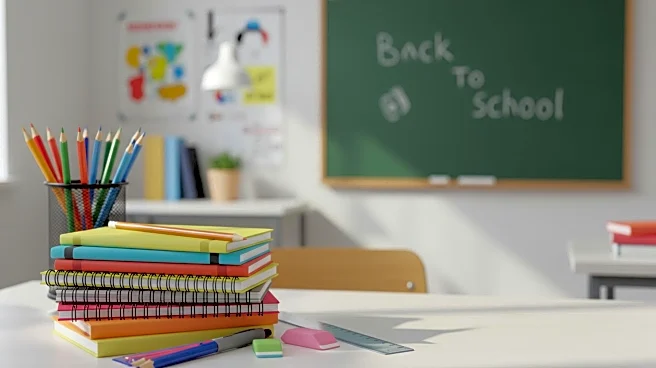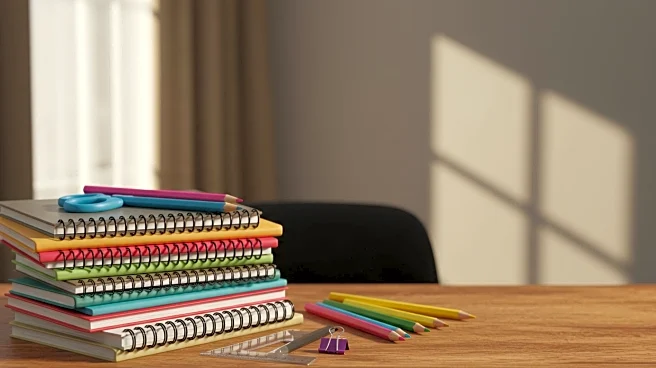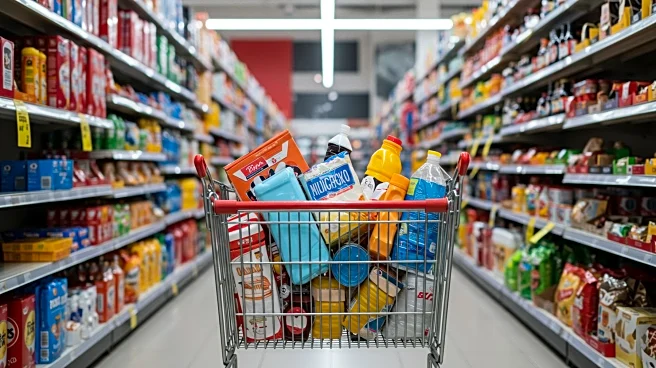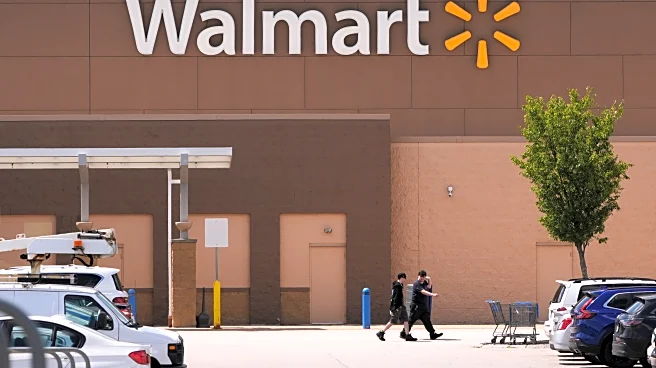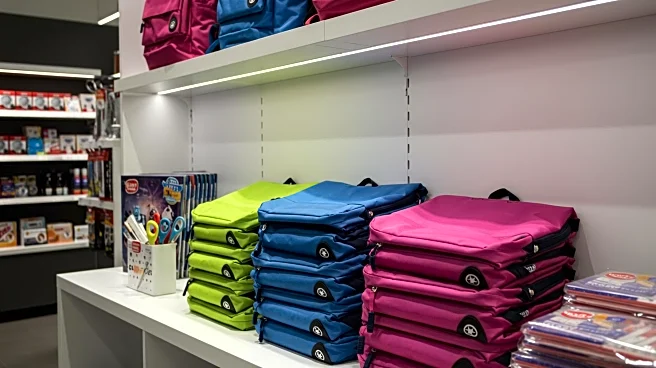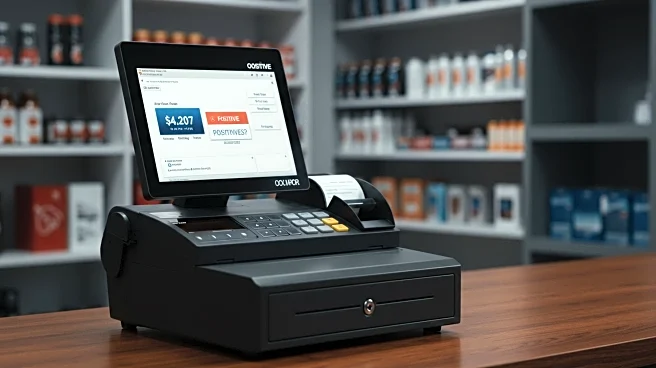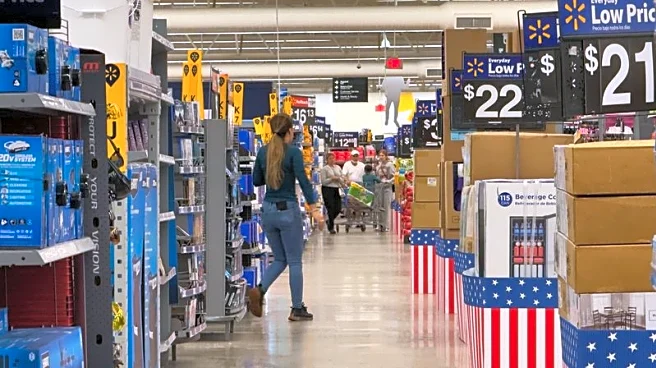What is the story about?
What's Happening?
According to data from e-commerce platform Klaviyo, prices for back-to-school items increased by nearly 10% in July compared to the previous year. Apparel and accessories saw the sharpest rise at 9%, driven by tariff-related cost increases. Despite a dip in the first quarter, average selling prices have consistently risen since April. Lower-AOV brands, which typically serve families during back-to-school, experienced significant growth in order sizes and ASPs. Meanwhile, discount rates have dropped as brands pull back on promotions, potentially leading to a leaner discount environment for upcoming shopping events.
Why It's Important?
The increase in back-to-school prices highlights the impact of tariffs on consumer goods, affecting families' budgets during a critical shopping season. As brands reduce discounts, consumers may face higher costs, prompting shifts in purchasing behavior and potentially impacting overall retail sales. This trend underscores the challenges retailers face in balancing cost increases with consumer demand, particularly as they prepare for major shopping events like Black Friday and Cyber Monday. The data suggests a growing reliance on familiar brands, indicating potential shifts in brand loyalty and consumer trust.
What's Next?
Retailers may need to adjust their pricing strategies and promotional efforts to address consumer concerns over rising costs. As tariff-related uncertainties persist, brands might explore alternative sourcing options or cost-saving measures to maintain competitiveness. The leaner discount environment could lead to changes in consumer spending patterns, with potential implications for holiday sales and overall retail performance. Monitoring these trends will be crucial for retailers as they navigate the evolving economic landscape and seek to meet consumer expectations.
AI Generated Content
Do you find this article useful?
